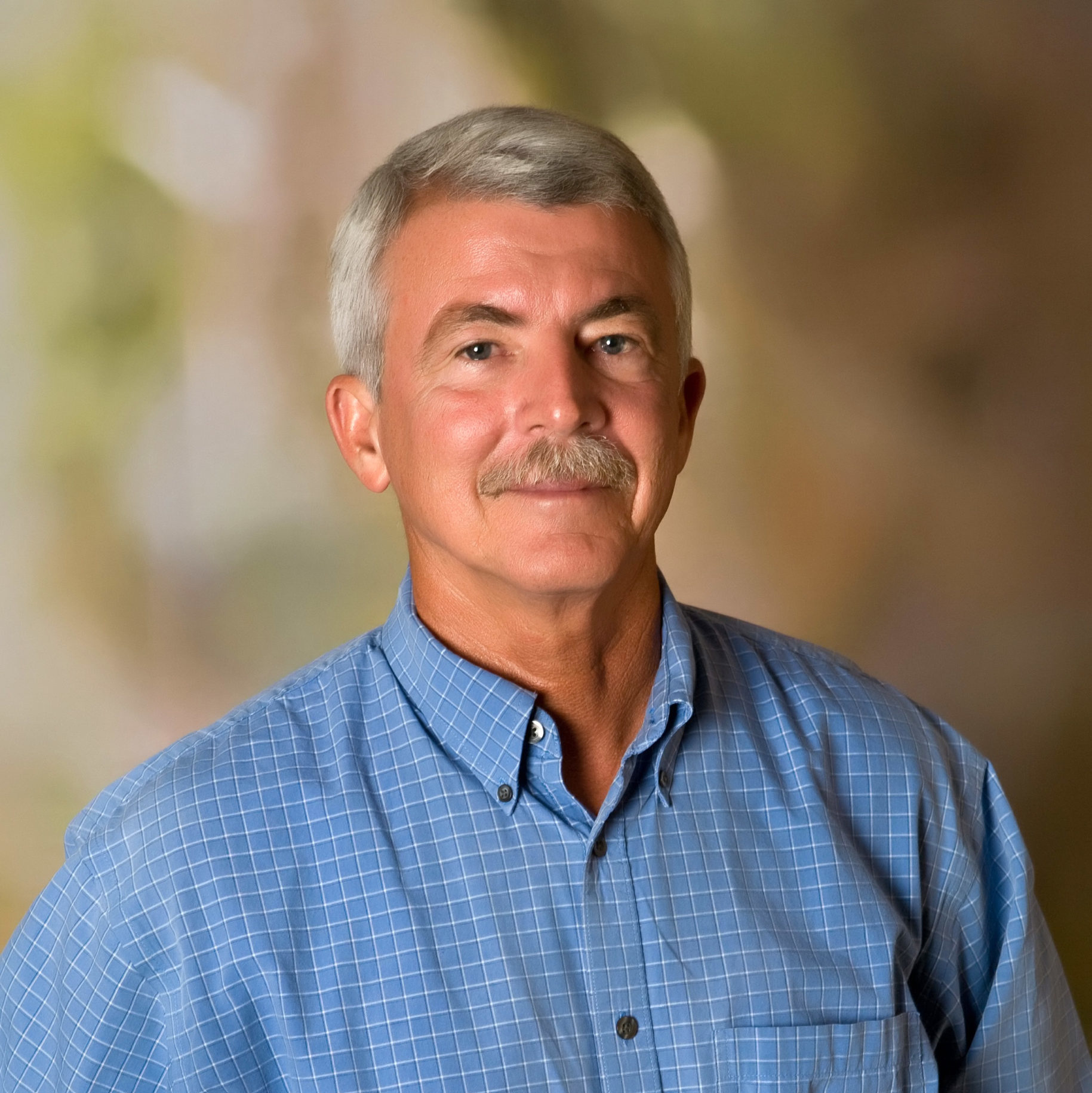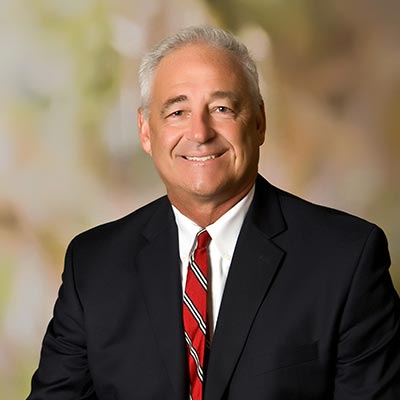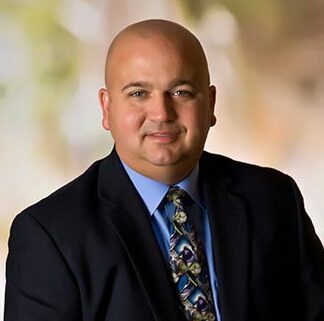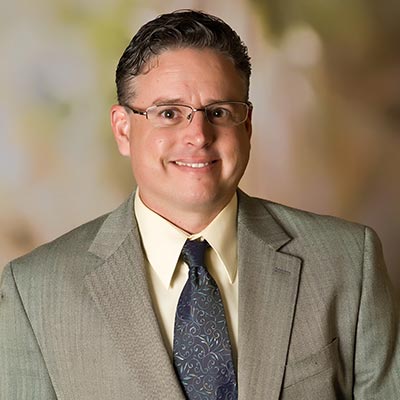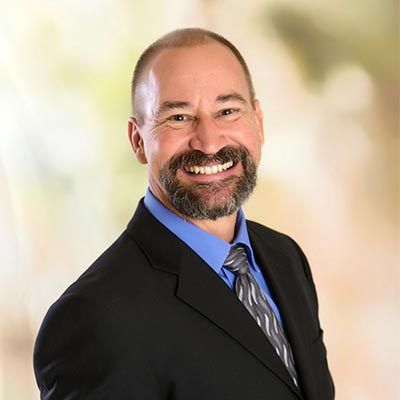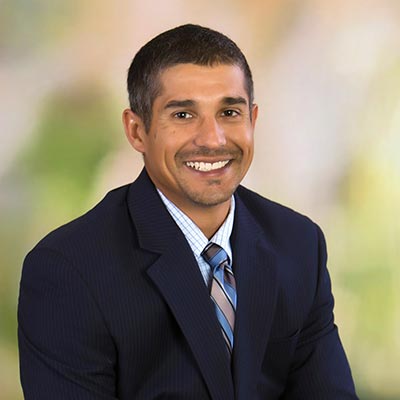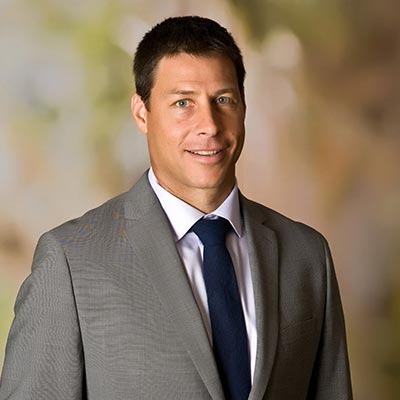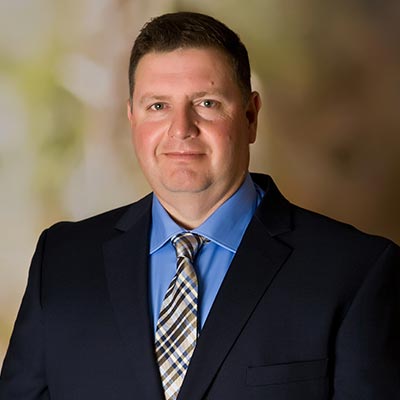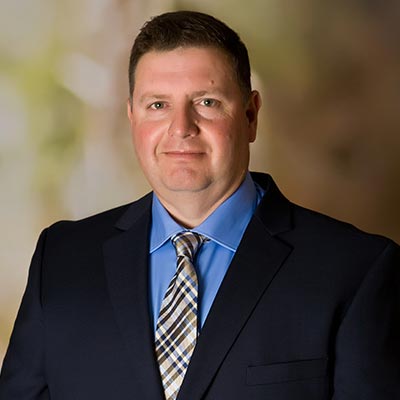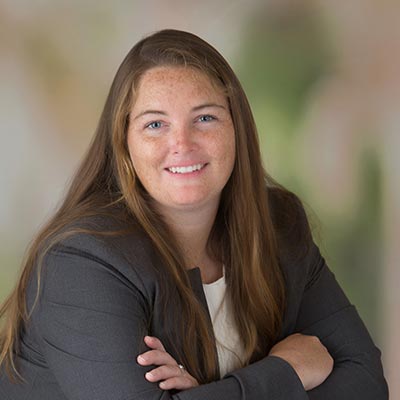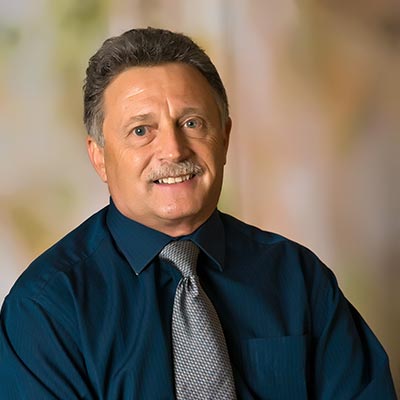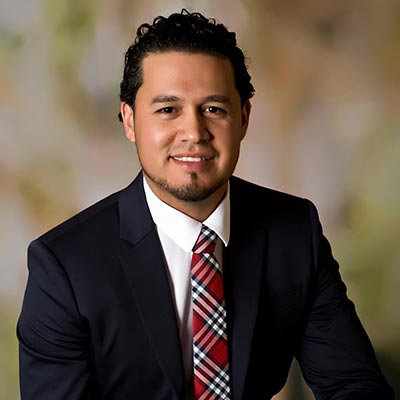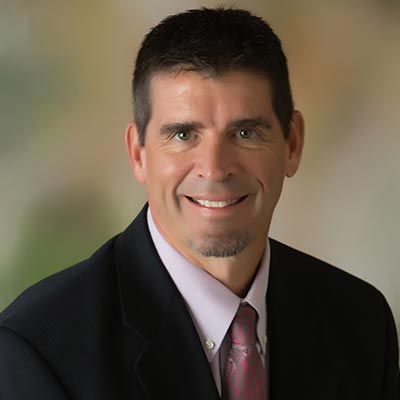Low lying areas throughout Southwest Florida are susceptible to increased flooding during an above average rainy season. Understanding water flow can help explain how easily flooding can occur and help guide cost vs. benefit decisions in the future.
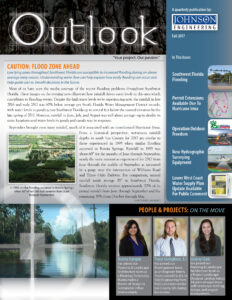 Most of us have seen the media coverage of the recent flooding problems throughout Southwest Florida. These images on the evening news illustrate how rainfall drives water levels in this area which contributes to flooding events. Despite the high water levels we’re experiencing now, the rainfall in late 2016 and early 2017 was 60% below average per South Florida Water Management District records, with water levels in ponds across Southwest Florida up to several feet below the control elevation by the late spring of 2017. However, rainfall in June, July, and August was well above average—up to double in some locations–and water levels in ponds and canals rose in response.
Most of us have seen the media coverage of the recent flooding problems throughout Southwest Florida. These images on the evening news illustrate how rainfall drives water levels in this area which contributes to flooding events. Despite the high water levels we’re experiencing now, the rainfall in late 2016 and early 2017 was 60% below average per South Florida Water Management District records, with water levels in ponds across Southwest Florida up to several feet below the control elevation by the late spring of 2017. However, rainfall in June, July, and August was well above average—up to double in some locations–and water levels in ponds and canals rose in response.
September brought even more rainfall, much of it associated with an unwelcomed Hurricane Irma. From a historical perspective, wet-season rainfall depths in south Lee County for 2017 are similar to those experienced in 1995 when similar flooding occurred in Bonita Springs. Rainfall in 1995 was about 60” for the months of June through September, nearly the same amount as experienced for 2017 from June through the middle of September as measured by a gauge near the intersection of Williams Road and Three Oaks Parkway. For comparison, annual rainfall totals average 55” in Southwest Florida. Southwest Florida receives approximately 70% of its annual rainfall from June through September and the remaining 30% from October through May.
The rainfall that precedes major storm events is also important in determining the stage water levels reached. An example of this occurred in The Brooks community in Estero where above-average rainfall in late August, 13.49” over 5 days, raised water levels in the ponds to an elevation of 15.2’ relative to the National Geodetic Vertical Datum of 1929 (NGVD29). A couple of weeks later when Hurricane Irma hit, The Brooks “only” received 3.9” of rainfall, but the peak stage in the ponds rose to 15.7 feet NGVD29. Other areas in Southwest Florida also experienced high water levels during this same period, like Bonita Springs, north Lee County, and north Charlotte County. The Bonita Springs area can receive water from Corkscrew Swamp and all the way up to the southwest side of the Immokalee Rise, located in Hendry and Collier Counties. The watershed area actually increases in larger rainfall events as other outfalls are restricted in the amount of flow they can convey, resulting in smaller, discrete watersheds under lower water conditions merging to form a much larger watershed under high water conditions. This phenomenon occurs in several areas in South Florida, due to the low-relief terrain. Similarly, north Lee County receives sheetflow from southern Charlotte County when water levels get high. However, not all interbasin water transfers require sheetflow conditions: canals in northern Charlotte County may receive flow from canals in southern Sarasota County when stage becomes high enough. If only water could be trained to stay in the county where the rain fell, many flooding complaints could be eliminated!
How do all these numbers compare to how residential and commercial developments are designed? Various infrastructure components are built to different design standards, and design standards have changed over time. Much of the development today is designed under a permitting framework that has minimum design levels for each of the components. And cost is often the driving force. The cost to replace or repair a building that is flooded is much greater than for a parking lot or residential street that is flooded for a short period of time. For this reason, the design storm for building floor elevations is usually a storm with a 1% chance to occur each year (100-year storm event), but the parking lot design is often allowed to flood in a storm that has a 20% chance of occurring each year (5-year storm event).
Of course, it is possible to build the roads near the elevation of the building floors so they would not flood in the smaller events. However, it would require more fill under the roads, and the size of the detention ponds would need to be larger to store the volume displaced by the roads and parking at higher elevations. There would be increased cost to the end users of the homes or commercial buildings to pay for the extra fill, and the decreased amount of land available for sale due to the increased pond area would in turn either decrease the developer’s profit or drive-up the cost of the remaining land. As with most things in life, the cost-benefit needs to be weighed.
Of course, all of this is predicated on a well-maintained stormwater system. Debris over inlet grates and in pipes, or vegetation growing in swales or ditches will impede the flow and cause the water to stage-up to elevations greater than anticipated in the original design. Stormwater systems are not “set it and forget it” designs. Each of us can do our part by maintaining swales around our homes and making sure the entity responsible for the larger ditches, ponds, and outfalls is doing their part to keep the systems maintained. Another part is to make sure the construction of the stormwater system has been certified to the agency that permitted it. Without certification, the agency will not know if it was built correctly and functioning properly.
If you need help or guidance on your stormwater system, contact Andy Tilton, P.E. at [email protected].
 The South Florida Water Management District (SFWMD) has released a draft of the 2017 Lower West Coast Regional Water Supply Plan Update (LWCWSP) for public comment, and anticipates approval by the Governing Board at its November 9th meeting.
The South Florida Water Management District (SFWMD) has released a draft of the 2017 Lower West Coast Regional Water Supply Plan Update (LWCWSP) for public comment, and anticipates approval by the Governing Board at its November 9th meeting.








